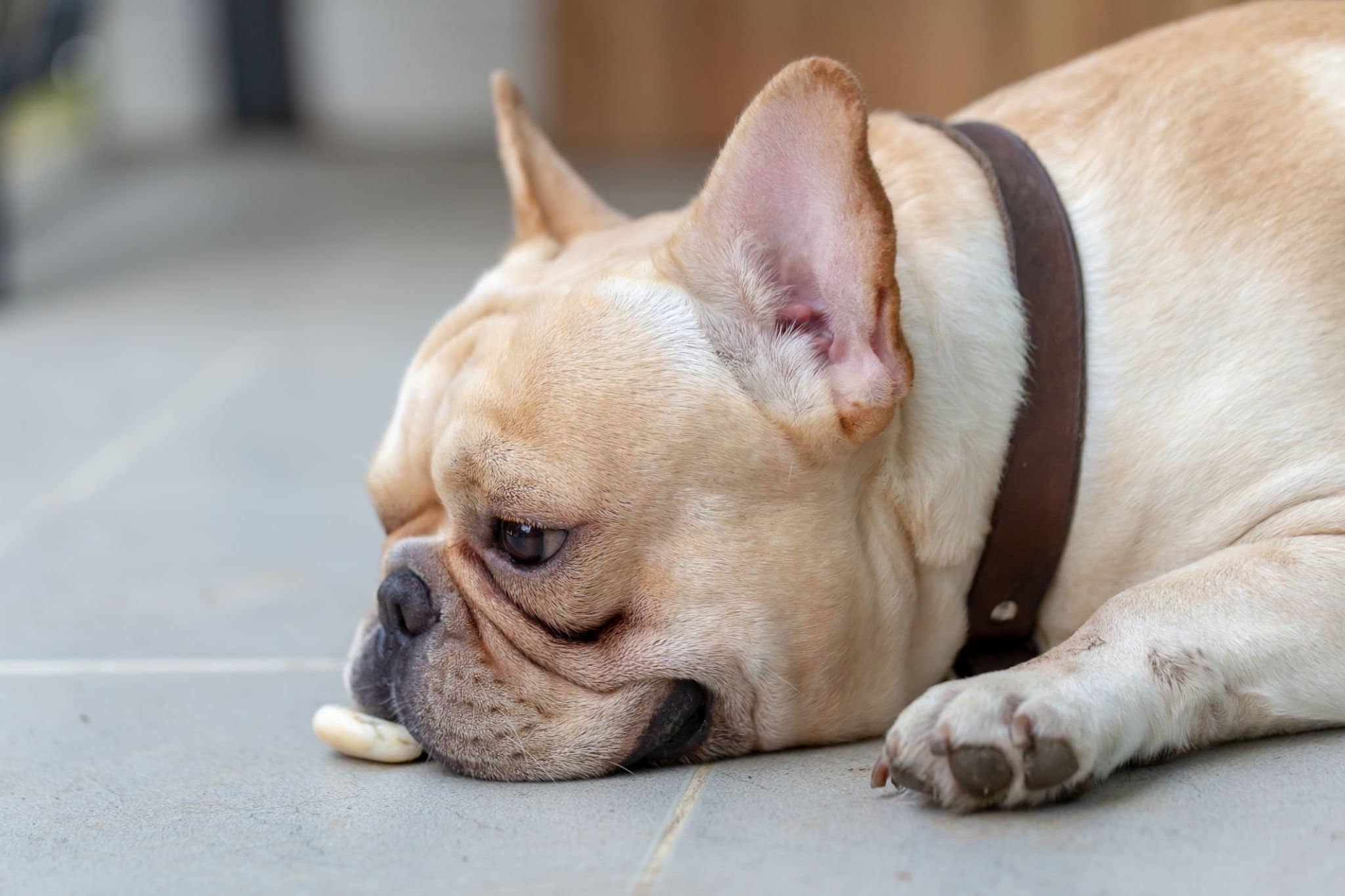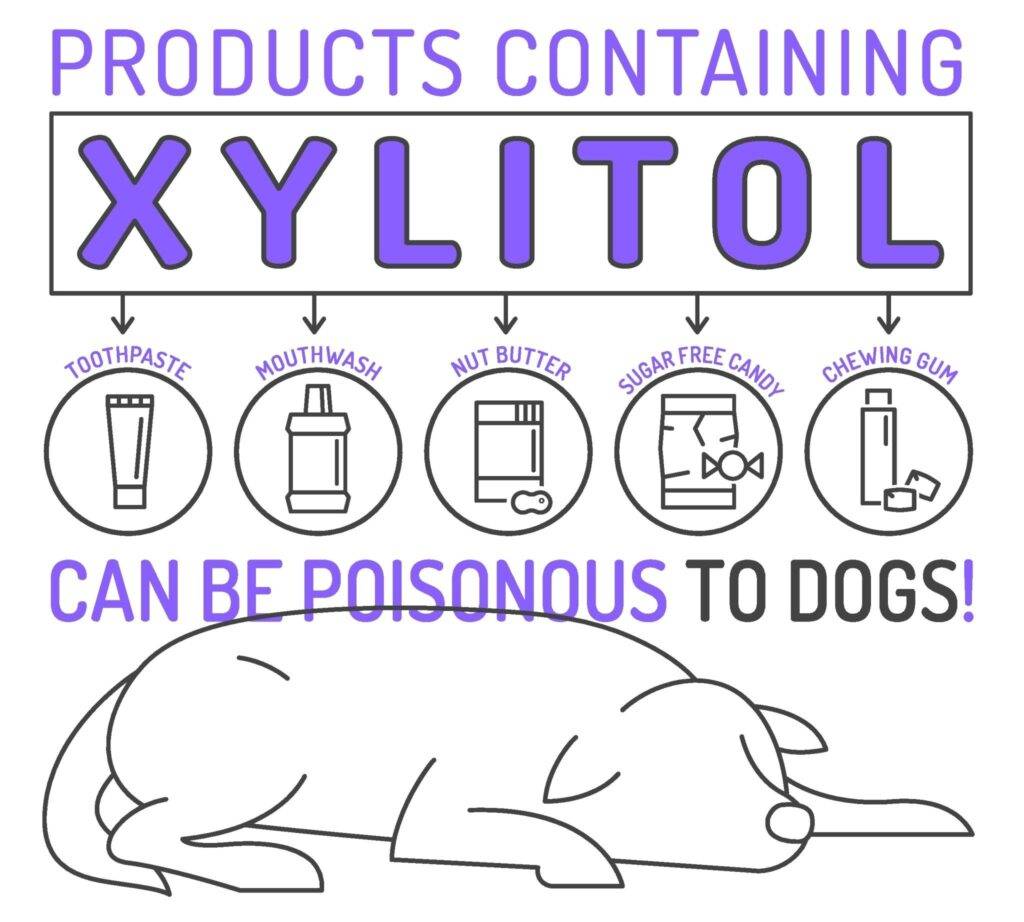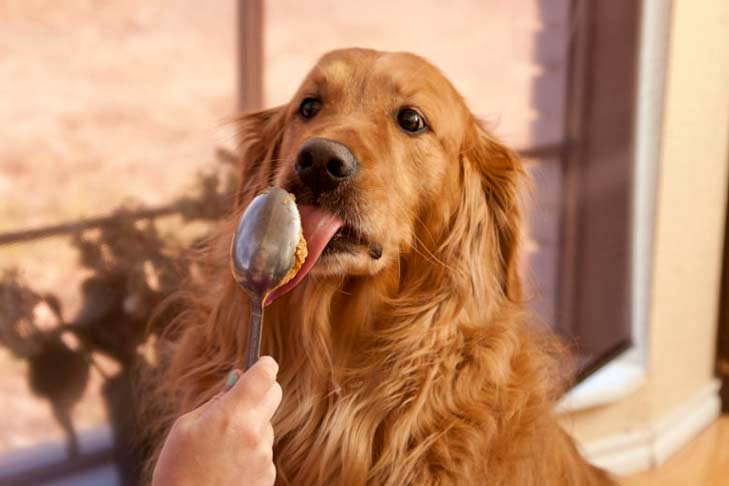
What is Xylitol Poisoning in Dogs?
Xylitol is a sugar substitute commonly used in various products and foods for human consumption. However, for dogs, ingesting xylitol can be extremely dangerous. Xylitol is a sugar alcohol found naturally in some fruits and vegetables, but commercially, it is often derived from corn fiber or birch trees.
When dogs consume products containing xylitol, such as sugar-free gum or candies, it triggers a rapid release of insulin, causing a sudden drop in blood sugar levels (hypoglycemia). This can lead to a range of symptoms, including vomiting, weakness, tremors, seizures, and even liver failure.
How can I recognize if my Dog has Xylitol Poisoning?
Recognizing the signs of xylitol poisoning in dogs is crucial for prompt intervention. The initial symptoms of xylitol poisoning are often related to low blood sugar levels (hypoglycemia) and can manifest within an hour of ingestion. These signs may include:
- Vomiting
- Weakness
- Lack of coordination or difficulty walking
- Coma
- Lethargy or sluggishness
- Tremors
- Seizures
In severe cases, liver failure can also occur, with or without preceding hypoglycemia symptoms. It’s important to note that the onset of symptoms is rapid, and waiting for confirmation of xylitol ingestion is not necessary to initiate treatment.
If you suspect your dog has consumed xylitol, it is crucial to seek immediate veterinary care. Contact your veterinarian or an emergency animal hospital as soon as possible. Some cases may require hospitalization for close monitoring, as the onset of severe effects can be delayed by several hours. Time is of the essence in providing appropriate treatment to maximize the chances of a successful outcome for your dog.

Should I consult a veterinarian if my Dog has Xylitol Poisoning?
Yes, you should consult a veterinarian immediately if you suspect your dog has xylitol poisoning. Xylitol poisoning in dogs can be a life-threatening condition that requires fast and aggressive treatment. Here’s why veterinary consultation is necessary:
- Prompt intervention: A veterinarian can provide the appropriate treatment to effectively reverse the toxic effects of xylitol and prevent the development of severe complications.
- Inducing vomiting: If your dog has recently ingested xylitol but hasn’t shown any clinical signs yet, the veterinarian may induce vomiting to prevent further absorption of the toxin.
- Blood glucose monitoring: Xylitol can cause low blood sugar (hypoglycemia) and low potassium levels. Your veterinarian will perform blood work to assess the glucose and potassium levels and determine the need for treatment.
- Hospitalization and supportive care: Depending on the severity of the poisoning, your dog may require hospitalization for close monitoring, administration of intravenous fluids, dextrose (glucose) supplementation, liver protectants, and any other necessary supportive care. Regular blood work will be conducted to monitor blood glucose levels and liver function.
- No antidote: Unfortunately, there is no antidote for xylitol poisoning. Treatment primarily focuses on managing symptoms, stabilizing blood sugar levels, and protecting the liver.
By consulting a veterinarian promptly, you increase the chances of a successful outcome and ensure your dog receives the necessary care to overcome xylitol poisoning.
What should I feed my Dog with Xylitol Poisoning?
When it comes to feeding a dog with xylitol poisoning, immediate veterinary care is crucial, and refraining from feeding anything at home is essential. Xylitol can rapidly decrease blood sugar levels and potentially lead to liver failure, making home feeding detrimental to their condition.
Once you have consulted with a veterinarian and your dog is receiving appropriate treatment, it may require intravenous fluids, dextrose (glucose) supplementation, and other supportive care. The veterinary team will closely monitor your dog’s blood glucose levels and provide necessary nutrition through intravenous means or specialized diets if oral feeding is not yet possible.
During the recovery process, it’s vital to follow your veterinarian’s guidance regarding feeding your dog. They will customize a feeding plan based on your dog’s condition, blood glucose levels, and overall health.
Prevention plays a key role in avoiding xylitol poisoning. Store products containing xylitol safely out of your dog’s reach, and be cautious of ingredients, particularly in sugar-free or low-sugar products. Additionally:
- Keep xylitol-containing products, including non-food items like toothpaste, well out of your dog’s reach, as some dogs are skilled at counter surfing.
- Use pet-specific toothpaste and never use human toothpaste for your dog.
- Before giving your dog nut butter as a treat or for medication, check the label to ensure it does not contain xylitol.
By taking these preventive measures and prioritizing your dog’s safety, you can help protect them from xylitol poisoning and potential harm.

Important Considerations
Xylitol poisoning in dogs can have serious consequences, including low blood sugar levels and liver failure. Recognizing the signs, seeking immediate veterinary care, and following professional guidance are crucial for your dog’s well-being. Prevention is key, so keep xylitol-containing products out of reach, use pet-safe alternatives, and read labels carefully. Prioritize your furry companion’s health by taking the necessary precautions to avoid xylitol poisoning and provide them with a safe and loving environment.
Frequent Asked Questions
My dog ate Mentos. What should I do?
If your dog consumed Mentos, take the following steps:
- Assess the situation: Determine the quantity ingested.
- Check the ingredients: Look for potentially harmful substances like xylitol or chocolate.
- Observe your dog: Watch for symptoms like vomiting, diarrhea, or restlessness.
- Contact your veterinarian: Seek professional advice if you have concerns about your dog’s health or if they ate a large quantity.
- Prevent future incidents: Store potentially harmful substances securely.
Can I give my dog Mentos as a treat?
It is not recommended to give Mentos or any candies to your dog. Candies typically contain ingredients like sugar, artificial sweeteners, or chocolate, which can be harmful to dogs. Stick to dog-specific treats recommended by veterinarians.
What are the signs of poisoning in dogs?
Symptoms of potential poisoning in dogs can include vomiting, diarrhea, abdominal pain, restlessness, drooling, lethargy, or seizures. If you notice any of these signs, contact a veterinarian immediately.
My dog ate Wrigley’s gum. What should I do?
If your dog has consumed Wrigley’s gum or any gum containing xylitol, take immediate action. Xylitol is highly toxic to dogs, and even a small amount can be dangerous. Each piece of chewing gum typically contains about 0.22-1.0 grams of xylitol. Contact your veterinarian right away for guidance, as time is crucial in preventing potential poisoning.

[…] ensure your Bulldog’s safety and well-being, also be mindful of the dangers of xylitol poisoning in dogs and take necessary precautions to keep xylitol-containing products out of their […]